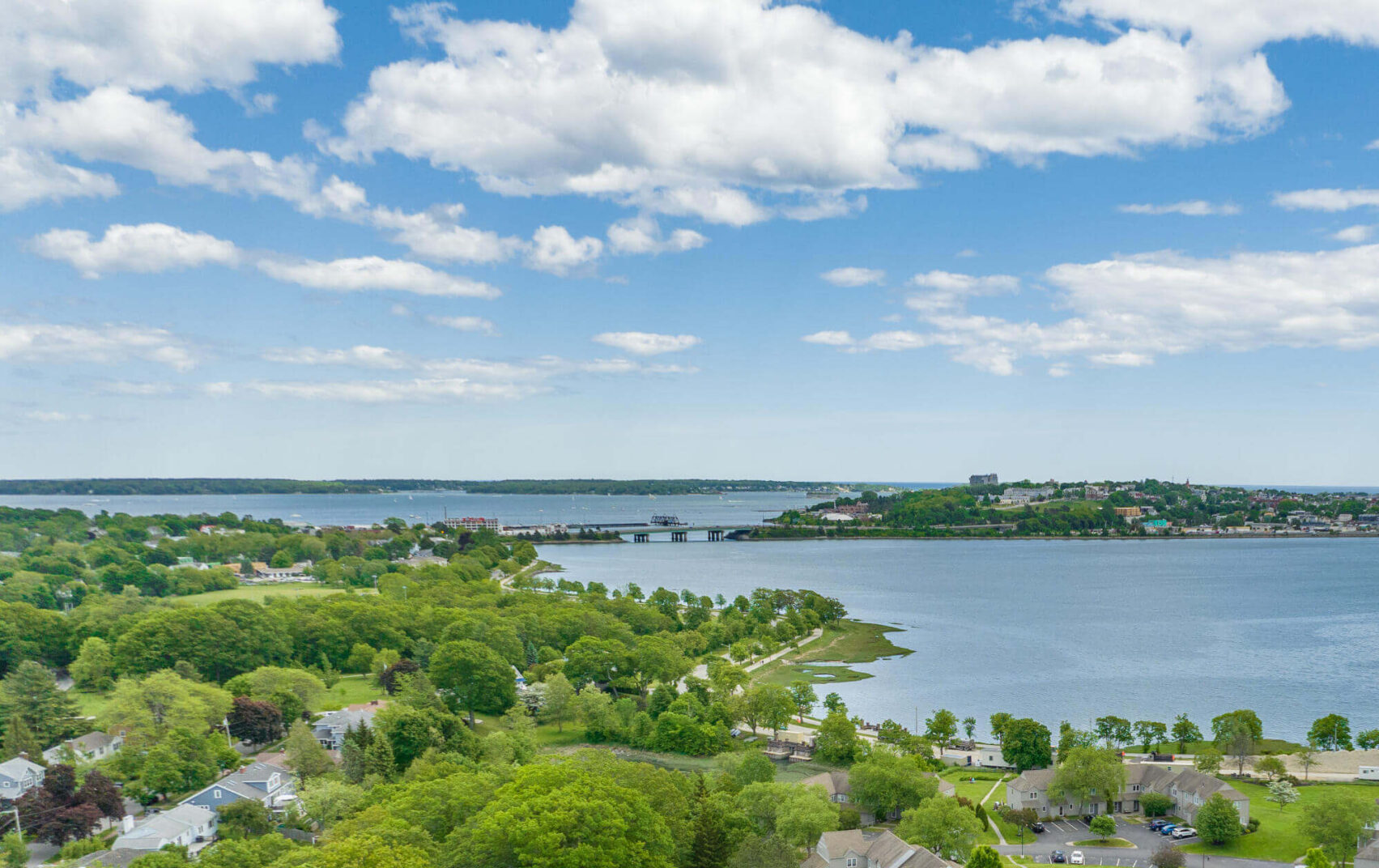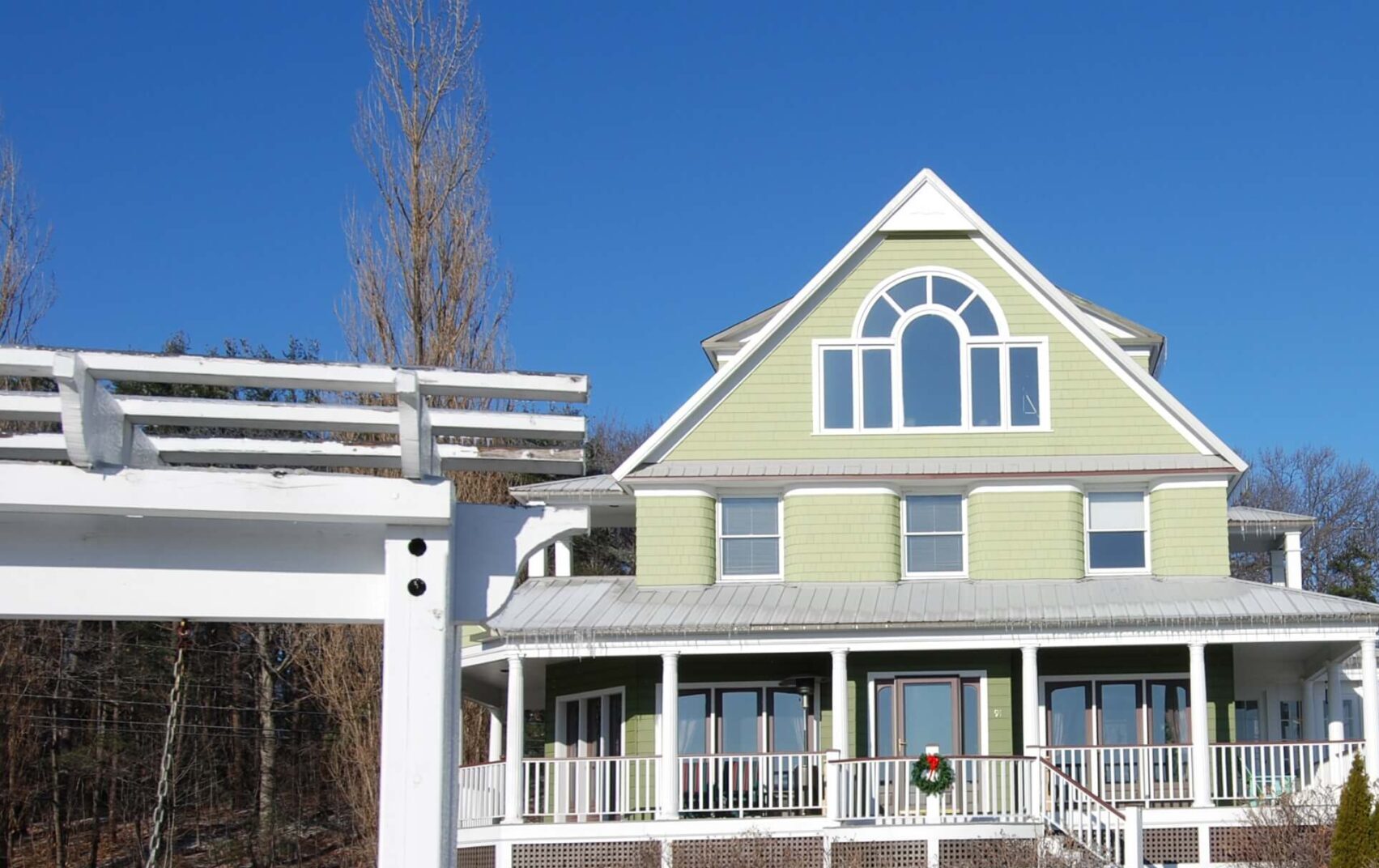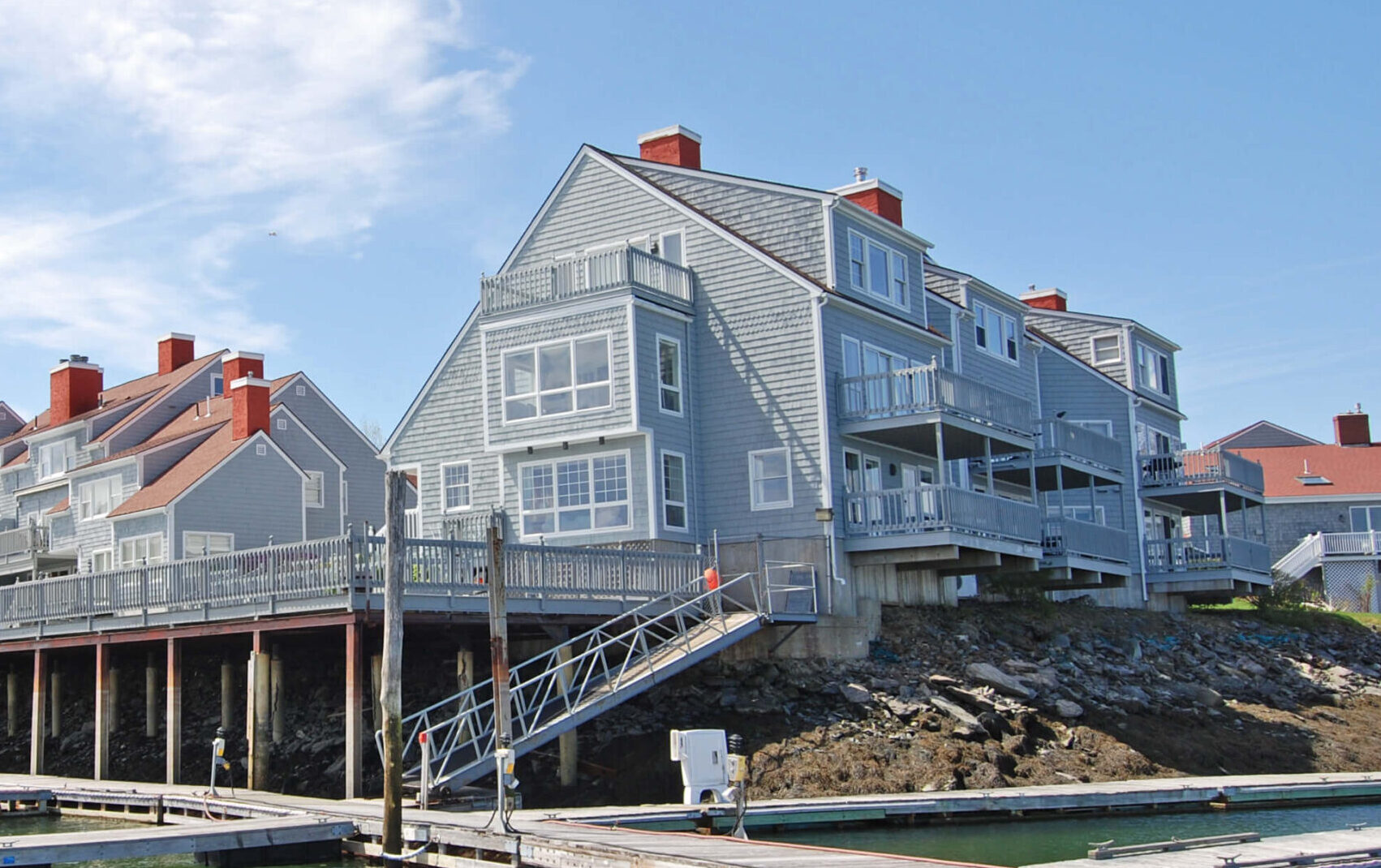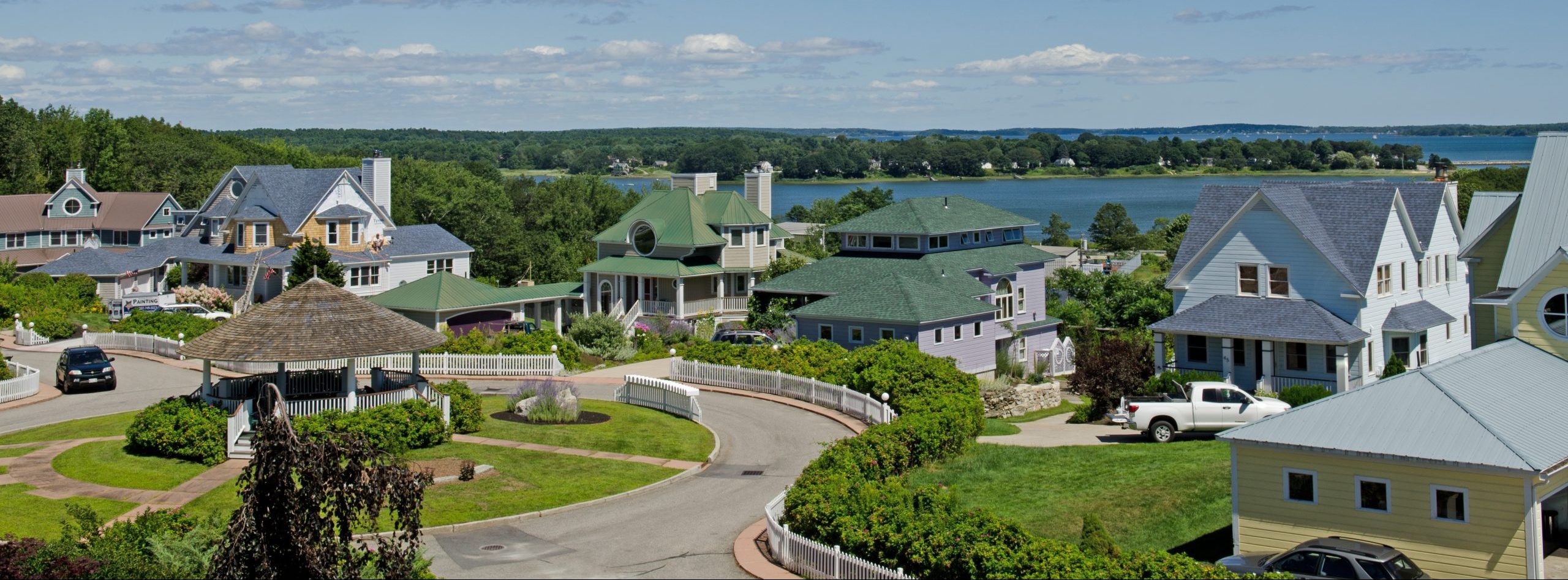In Maine, barns aren’t just buildings — they’re landmarks of our agricultural and maritime past. From the windswept coast to the rolling inland fields, each one tells a story.
In Aroostook County, long, low potato barns — many built between the late 1800s and the 1940s — rise from the farmland, their earth-packed walls insulating harvests through brutal northern winters. These barns were born of necessity, preserving the county’s famous potato crop in an era before modern refrigeration, and standing as a testament to ingenuity and endurance.
Farther south, in the dairy heartlands of Cumberland, Kennebec, and Androscoggin Counties, gambrel-roofed barns became icons of rural life in the early 1900s. That sweeping double slope wasn’t just handsome — it created lofts tall enough to store the hay that kept cattle fed until spring.
Some barns sheltered livestock, others stored grain or salted fish, but all were built with purpose, pride, and a sense of permanence. They were the backbone of Maine communities — a place where work, shelter, and legacy all came together under one roof.
At Maine Home Connection, we understand that legacy. Whether it’s a century-old barn or a modern home, the structures we cherish are more than wood and nails — they are the stories we live in, and the ones we pass on.
Moving to Maine?






